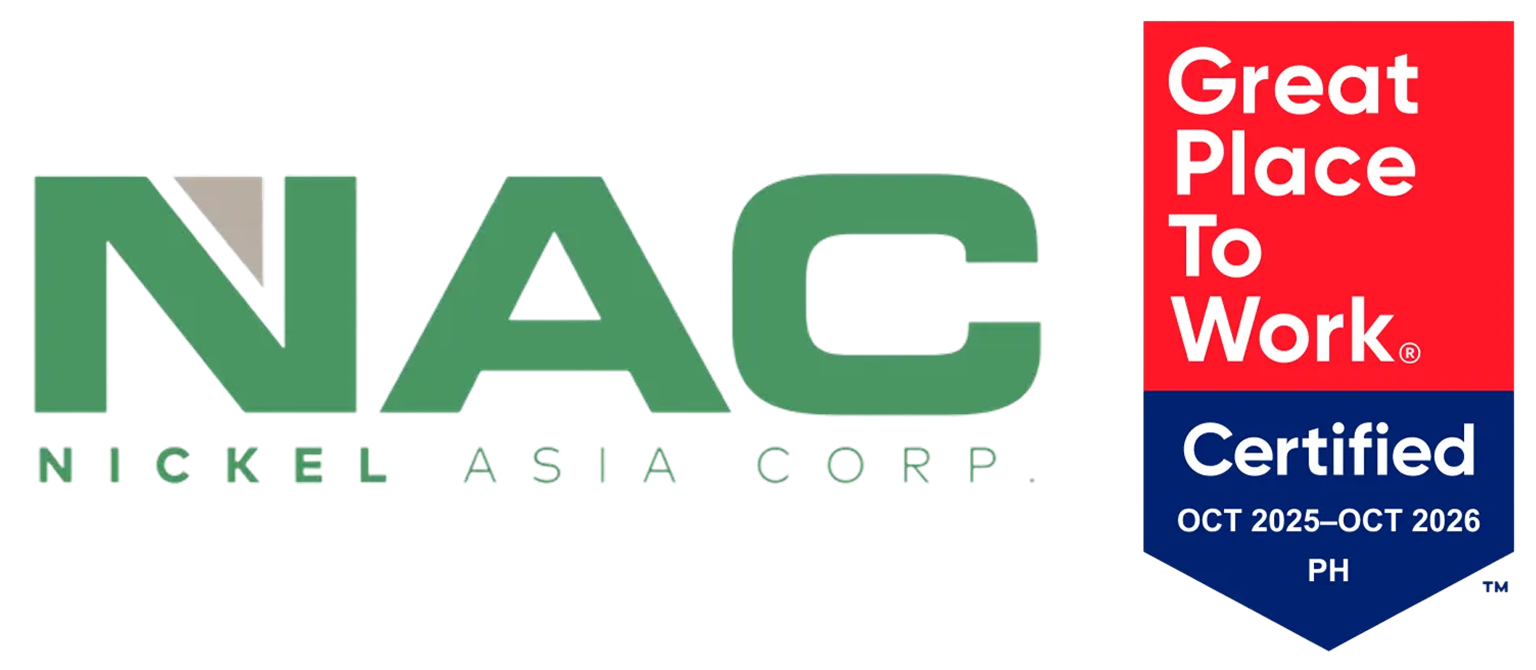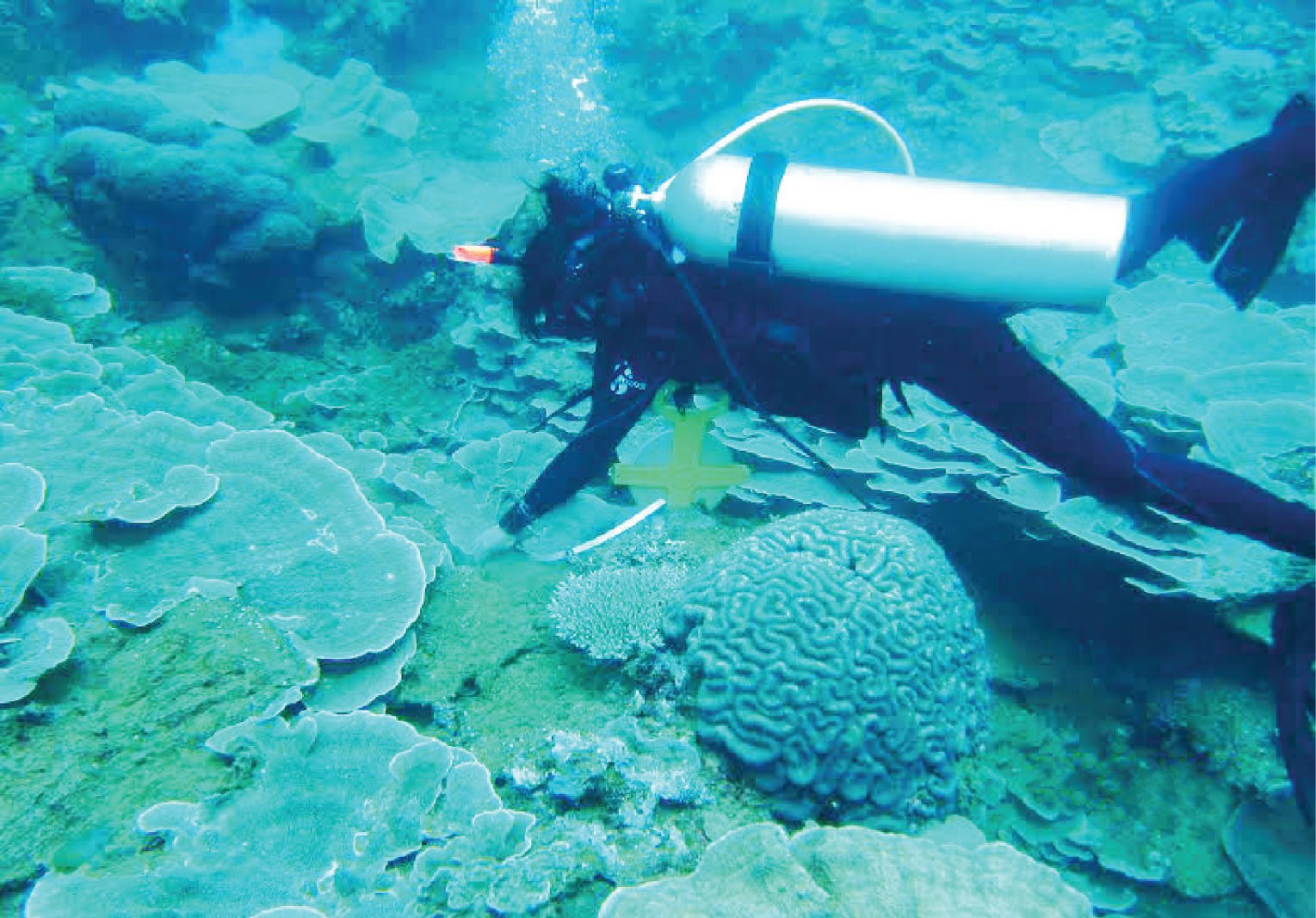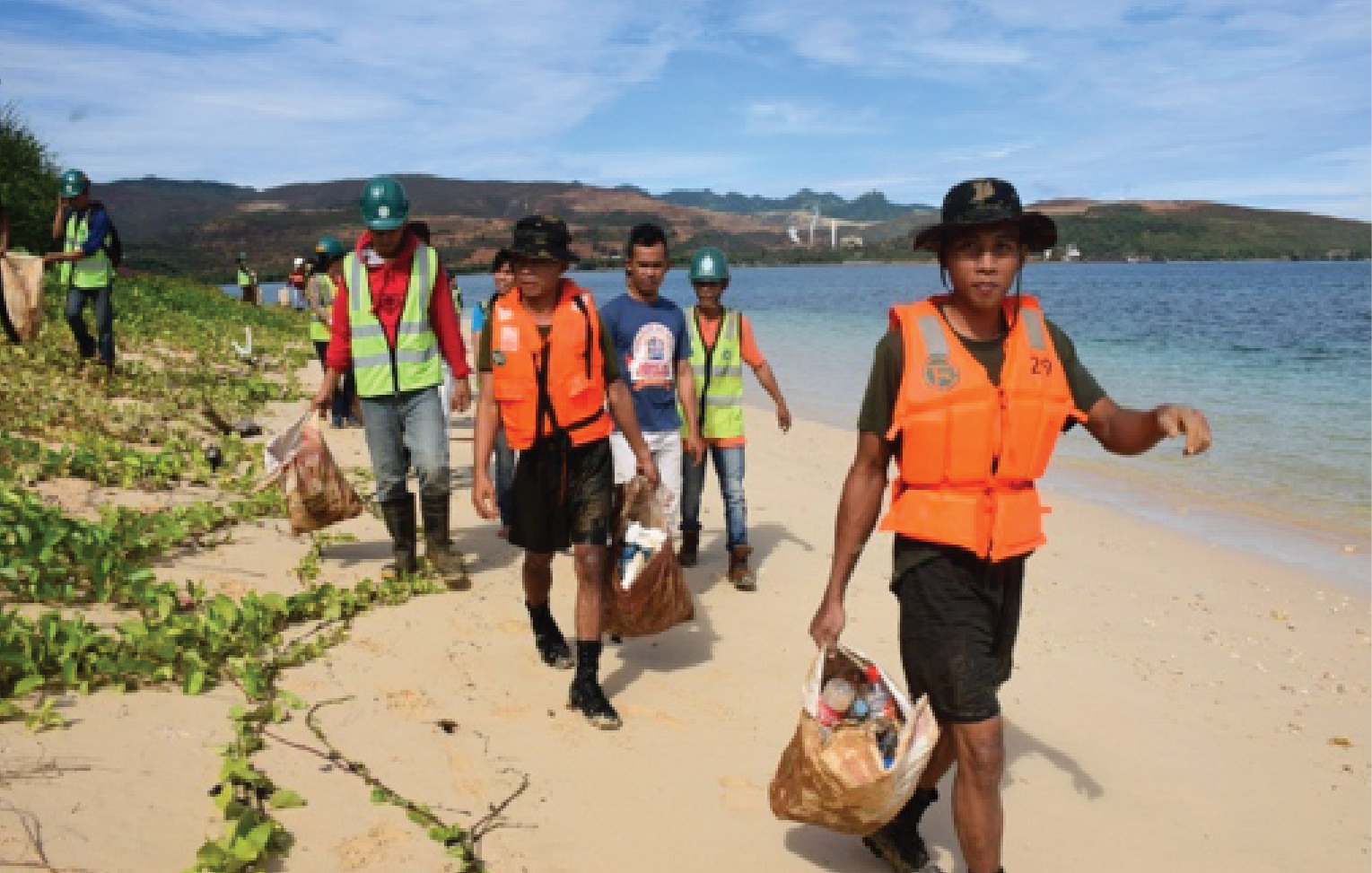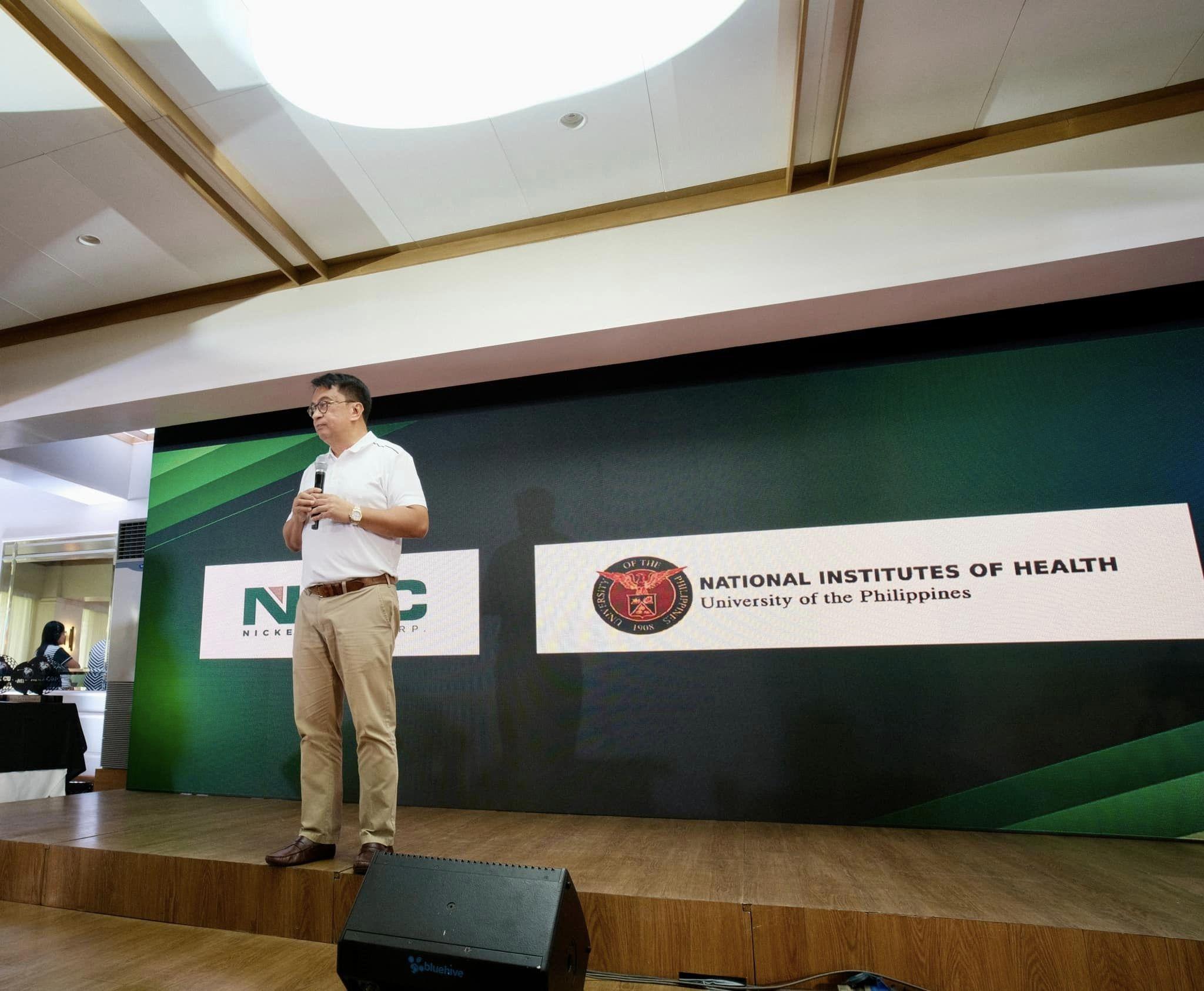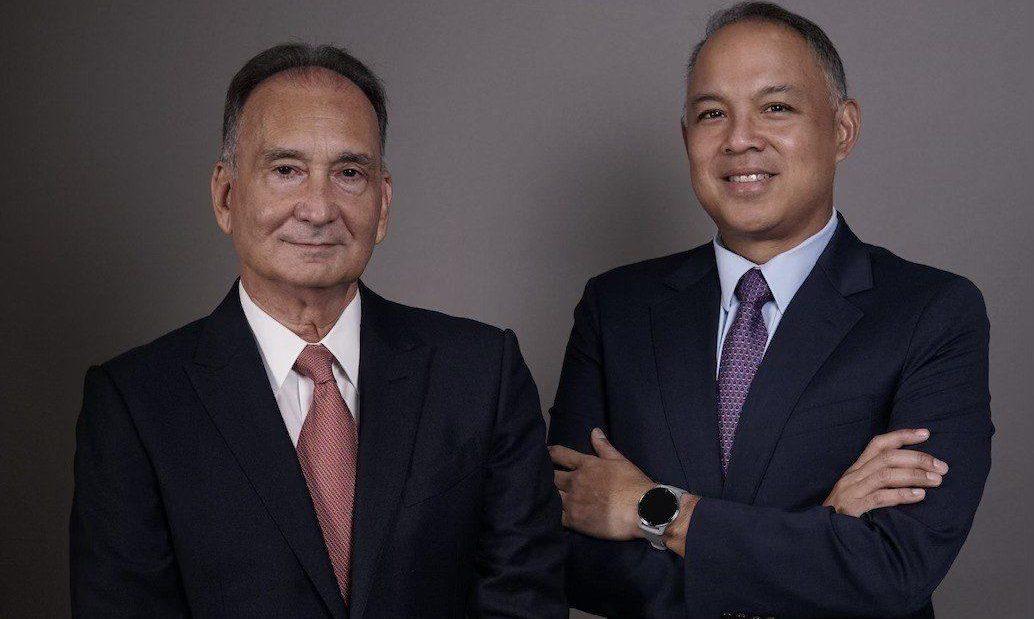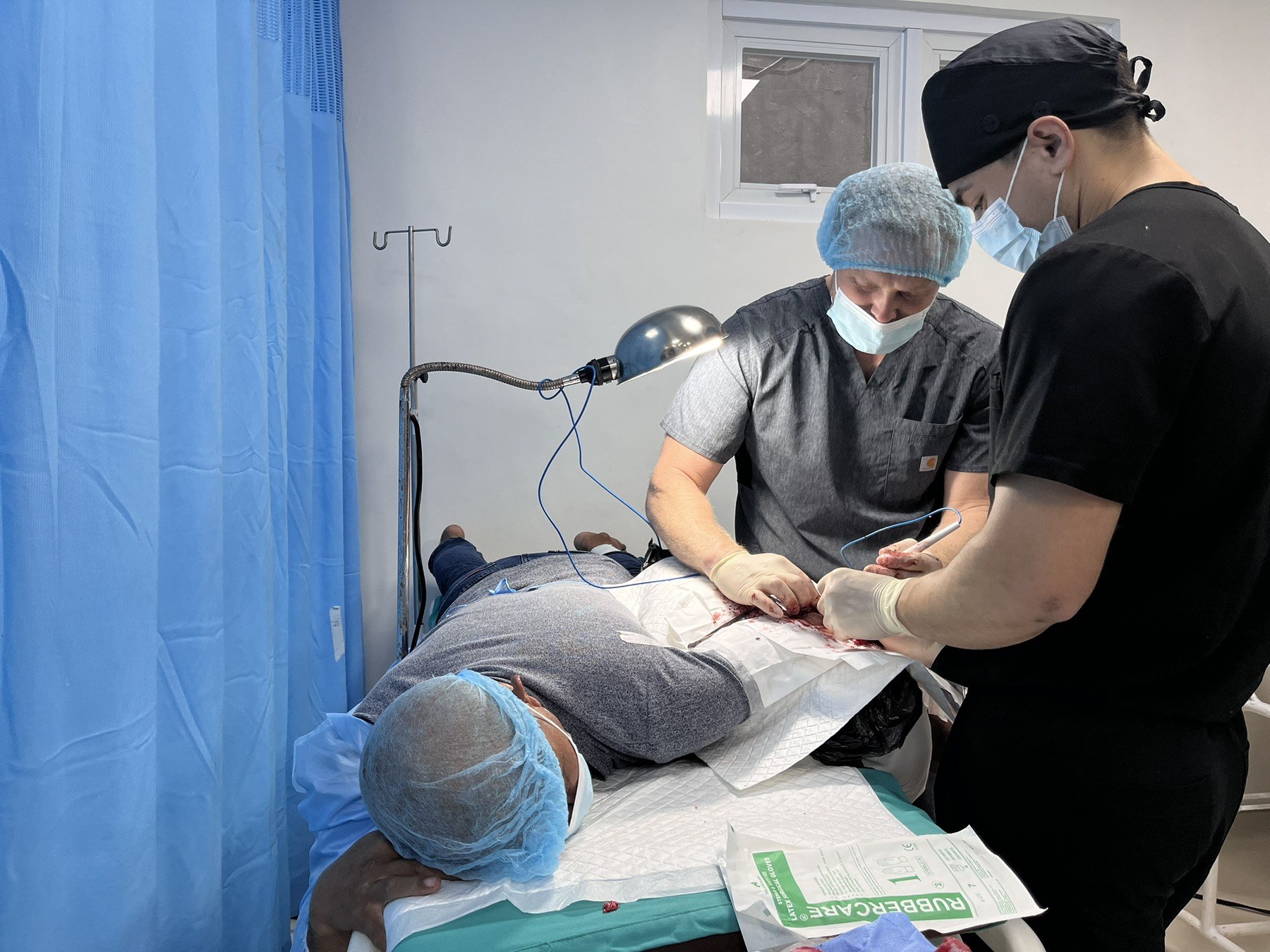Responsible mining in the Philippines is indeed ‘real’ as Nickel Asia Corporation (NAC), through its operating companies, spent almost P400 million for environmental protection last year.
Responsible mining in the Philippines is indeed ‘real’ as Nickel Asia Corporation (NAC), through its operating companies, spent almost P400 million for environmental protection last year.
NAC, the country’s top nickel producer, has four operating companies that include Cagdianao Mining Corporation (CMC), Hinatuan Mining Corporation (HMC), Taganito Mining Corporation (TMC), and Rio Tuba Nickel Mining Corporation (RTNMC).
According to NAC President and Chief Executive Officer Gerard Brimo, the amount the company spends on environmental protection alone was a testament that responsible mining in the country is “real and that it is happening at NAC.”
“Anyone who has been to NAC’s mining communities can see that the programs it has for its host communities are significant in making better people’s lives and in ensuring the proper stewardship over the environment,” Brimo said during the company’s annual stockholders meeting.
The Philippine Mining Act of 1995 mandates mining companies to fund Environmental Protection and Enhancement Programs (EPEP), which cover mine rehabilitation efforts as well as water and air protection.
It is under EPEP that NAC subsidiaries keep track of the number of hectares of mined-out areas that they rehabilitate.
To date, 74 hectares of mined-out areas have already been rehabilitated while in 2016 alone, the number of trees planted in the rehabilitated areas already reached 164,876 seedlings.
And as part of the National Greening Program of the government, at least150 hectares have been reforested with over 350,000 seedlings planted.
CMC ROLLS OUT REHABILITATION PROJECT
For CMC, which has mining operation in Cagdianao, Province of Dinagat Islands, it has already implemented its ambitious five-year rehabilitation project wherein it aimed to convert the mined out area into a productive agricultural land.
CMC Environmental Department consultant Rene Peñalosa said the Development and Rehabilitation Program (DRP) of the company would turn mineralized soil around its mine site into productive land capable of sustaining agriculture.
The DRP, Peñalosa said, is essentially agro-forestation—a land-use or farming system in which trees or shrubs are grown in association with agricultural crops.
“The rehabiliation of the mined out areas is our commitment to bring back the beauty of nature after mining, it is indeed an example of what responsible mining is,” he added.
CMC started the rehabilitation of its mined-out areas since 2001 which already covers 101 hectares.
Each year, CMC’s reforestation program covers an average of five hectares.
CMC also showed strong indicators in terms of progressive rehabilitation as it has already conducted reforestation on more than two hectares of mined out area.
As part of the National Greening Program, CMC released about 60,000 seedlings each year consisting of endemic and introduced exotic species.
The company has an effective solid waste management with its own Material Recovery Facility (MRF), which has contributed to the sparkling environs around the campsite.
CMC, HMC HELP PRESERVE MARINE ECOSYSTEM
CMC has also poured financial assistance and support to maintain the Marine Protected Area within the coastal waters abutting its mine site in Barangay Valencia.
CMC is unflinching in its commitment to environmental protection as evident in its productive partnership with local officials in the conservation of a MPA—Gaas Bay.
Declared as a marine sanctuary by the local government unit (LGU), Gaas Bay—located some three kilometers from the CMC mine site—has been proof of the company’s long-term effort to preserve and maintain a healthy balanced marine ecosystem within its mining footprint.
While HMC, in Tagana-An town, has been implementing its coastal resource management program, in which residents are trained to identify endangered marine species and nesting sites, and improve conservation practices.
According to HMC, the residents were also involved in the company’s wildlife protection and conservation efforts.
TMC INTENSIFIES COASTAL ECOSYSTEM DEVELOPMENT
Taganito Mining Corporation (TMC), through its Social Development and Management Program (SMDP), took KaraangBanwa Marine Sanctuary under its wings and allotted assistance for its maintenance and improvement.
KaraangBanwa is one living proof of a best practice in maintaining and improving a marine sanctuary.
TMC has poured in resources and exerted efforts to protect the marine environment paving the way for a sustainable tourism haven.
Since early 2000s, TMC’s financial support to maintain the sanctuary translated to honorariums for the sanctuary guards, pump boats and equipment for the “Bantay Dagats.”
Through its Mine Environment Protection and Enhancement Office (MEPEO), TMC has also been implementing activities for the protection and improvement of the Mangrove and coastal ecosystem.
The company does not only plant forest trees but it is also responsible for the sustainable development and conservation of Mangrove and costal ecosystem.
In October 2016, the rehabilitation and concreting of the previously wooden Mangrove trail walk adjacent to its Mangrove nursery in Brgy. Hayanggabon was completed.
Near Malingin Island, within the coastal area of Brgy. Taganito, TMC constructed a concrete cottage or viewing deck.
This was completed in November 2016, and shall serve as a catapult for TMC’s 2017 Coastal Management activities.
RTNMC BOOSTS ENVIRONMENT PROGRAMS
For its part, Rio Tuba Nickel Mining Corporation (RTNMC) has been cited for its successful environmental and rehabilitation programs.
According to Bibano P. Ranes, RTNMC’s consultant on mine rehabilitation, the company implements an integrated mining rehabilitation approach.
The rehabilitation, he added, involves, soil amelioration to improve the soil’s fertility, the use of large planting materials and use of assorted native tree species.
The company, Ranes said, also implement an agro-aqua-forestry farming system in the area.
RTNMC along with Coral Bay Nickel Mining Corporation (CBNC) also helped in the Mangrove rehabilitation in Rio Tuba, Bataraza, Palawan.
The two mining firms had partnered with a local non-government organization (NGO)—SATRE Technology Resource Development Association, Inc., in setting up a Mangrove nursery in Sitio Kinurong.
The nursery is programmed for the supply of initial planting material requirements of Rio Tuba Mangrove Rehabilitation Program (RTMRP).
The successful environmental and rehabilitation programs of RTNMC and CBNC earned them the reputation of being the best mining firms as implied by former Environment Secretary Regina Paz “Gina” Lopez.
NAC NURTURES COMMUNITIES
But Brimo said “protection of the environment is only one aspect of responsible mining that the public is not too well informed about.”
He said the Philippine Mining Act also mandates all mining companies to assist in the development of the host and neighboring communities.
Under the law, respective mining companies shall spend 1.5 percent of their annual operating expenses for community development through Social Development and Management Programs (SDMP).
Priority projects under SDMP are identified and approved by the host communities and the local government units (LGUs).
For 2016 alone, the mining subsidiaries of NAC spent P157 million for SDMP.
The assistance addressed various community needs such as health services, education, livelihood, infrastructure, among others.
Through the SDMP, NAC sent 4,154 scholars to school and doubled the number of livelihood beneficiaries.
It also increased infrastructure spending to P63 million, which is more than a 100 percent increase from the 2015 figure.
In addition, it also ensured electricity and clean water access, and helped in the socio cultural preservation particularly for the indigenous people in the communities.
Moreover, Brimo said the company further complements its social development expenditures with its Corporate Social Responsibility (CSR) programs that have a separate budget.
Last year, NAC and its subsidiaries spent P178 million for CSR.
Through the CSR funding, a new school building was constructed for Taganito National High School in Claver, Surigao del Norte.
It also funded the indigenous learning system (ILS) program and provided free hospitalization for Indigenous People (IPs) in Palawan.
“Caring for the environment and uplifting the lives of its mining communities that go beyond the mandate of the law are part and parcel of responsible corporate citizenship at the core of Nickel Asia Corp.’s philosophy,” Brimo said.
